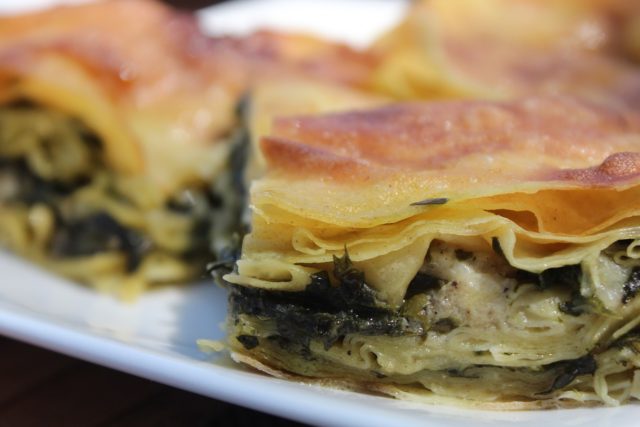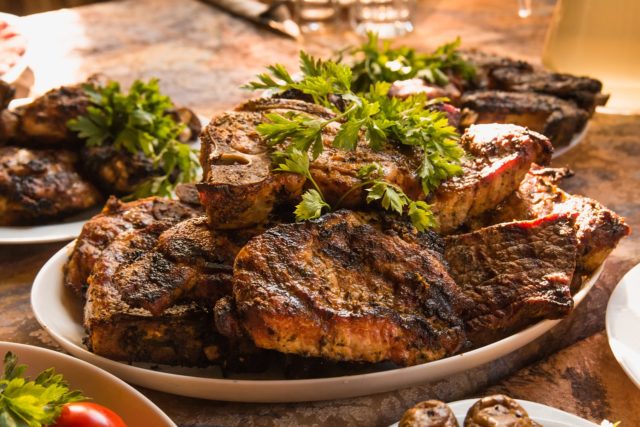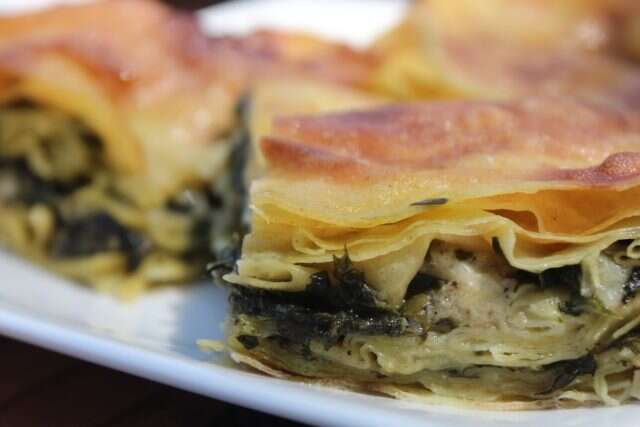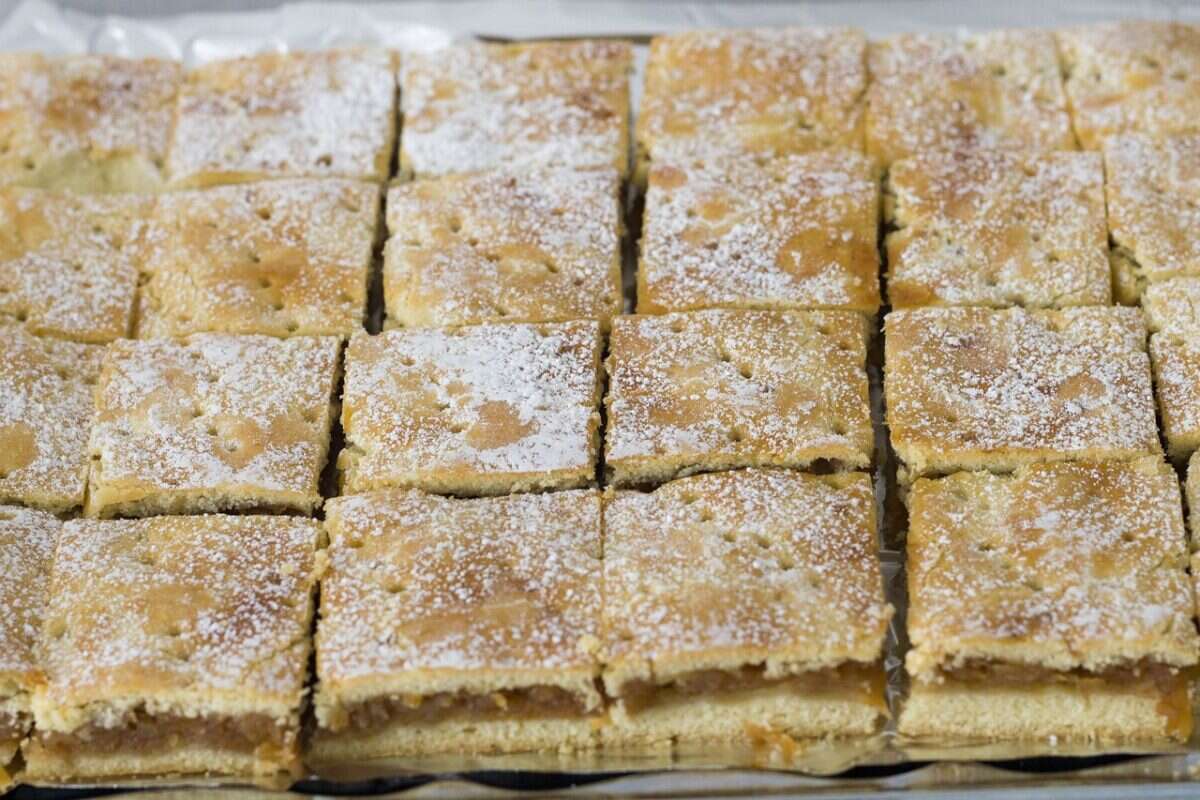It is safe to say that Turkish cuisine ranks among the 10 most attractive world cuisines, i.e. if we were to evaluate only the quality and variety of food, we could conclude that Turkish cuisine is right after French and Chinese cuisine. Turkey has an extremely long and rich history and carries with it the legacy of the old imperial cuisine, which greatly influences today's Turkish cuisine to be synonymous with true gastronomic art.
Just like the Turkish culture, its cuisine is reflected in a kind of fusion of East and West. If you take into account how many tribes and peoples crossed its territory, then it is clear where such diversity comes from. Given that our country was under the rule of the Turks for almost 500 years, it is quite logical that Turkish cuisine had a great influence on Serbian traditional cuisine.
All those who go to Turkey on vacation from these parts are surprised by how many similarities there are when it comes to gastronomy. The most common holiday destination for domestic tourists is Kusadasi, Turkey, and in this location located on the coast of the Aegean Sea, you can enjoy numerous specialties and delicacies authentic to Turkey.
The basic characteristics of Turkish dishes and what has become "domesticated" in our country
The basic ingredient of Turkish cuisine is bread, and dough dishes occupy a special place and almost no dish can pass without some speciality. In addition to a large number of well-known types of kebabs and specialties with fried or roasted meat, meat is often prepared as a boiled dish. We can safely say that this one the habit of consuming bread and dough is very common in our country as well, given that the majority of our population cannot imagine any meal without bread. Scones, rolls, pies and burek are also among the favorite dishes, and are most often consumed for breakfast.

Vegetables are widely represented and it is prepared in different ways, usually finely chopped and fried or baked with the main dish, and it is not usual to serve steamed vegetables as a side dish to the main dish. Of the vegetables, tomatoes fried in oil are used the most. What is still typical for Turkish cuisine is that fried or fresh onions form the base of almost every dish, which we can easily notice is the case in our kitchen as well.
There is plenty in the diet uses herbs and spices, most of which are fresh or dried mint as one of the main additions to dishes. Great attention is paid to the type of fat used in the preparation of various dishes, and it is the most commonly used butter, margarine, cream and olive or sunflower oil. In our country, sunflower oil or lard are mostly used as fat for cooking, which Turks do not consume for religious reasons.

A very important food item is bulgur (cereal obtained from several types of wheat), which is prepared alone, with meat or as an addition to soups. It has an important place in Turkish cuisine sour milk, ie yogurt. It is served as a topping for the main dish, alone or with garlic, and it is generally a substitute for sauces that are not typical for Turkish or Serbian cuisine.
Delights characteristic of Turkish cuisine that we gladly prepare in our area
Sweets form an important part of the Turkish culinary tradition. Turkish delicacies are divided into two large groups, namely: dough treats and milk-based treats. Other delicacies that are well known and widespread in our area, and are a traditional part of Turkish cuisine, are halva and ratluk.
Dough sweets are made from dough or crust, fried and baked, and then topped with sherbet (sugar water). They belong to this group balkava, tulumba, nightingale's nest, urmašice and many others. Milk-based sweets, as the name suggests, are prepared with a lot of milk, and from this group of sweets it is certainly the most famous you suck.
In our country, all these sweets are widely used, so almost no holiday can pass without one of them.
Serbian traditional cuisine it was created under the influence of various cultural, national and geographical influences and the mixing of peoples, which was characteristic in the centuries after us. Now it is very diverse, strong and spicy food, with the most admixtures of Turkish cuisine, but also a kind of combination of Greek, Bulgarian and Hungarian cuisine.
Although some dishes have the same ingredients as dishes from the cuisines of the mentioned nations, in Serbia, they have received certain modifications that make them different and special. This is why they are Serbian traditional cuisine and some of its specialties are too ungrateful to describe, so it is best to try them and enjoy the explosion of flavors in your mouth.
Source: putujsigurno.rs
READ: WHERE CAN I BUY THE BOOK TRADITIONAL RECIPES OF HOME SERBIAN CUISINE?
Read more:
The Recipes and Kuvar online portal is ranked among the TOP 50 websites in Serbia!
Don't miss a recipe - Recipes and cookbook online on Facebook. Stay tuned, follow the Recipes and Cookbook twitter notifications!








